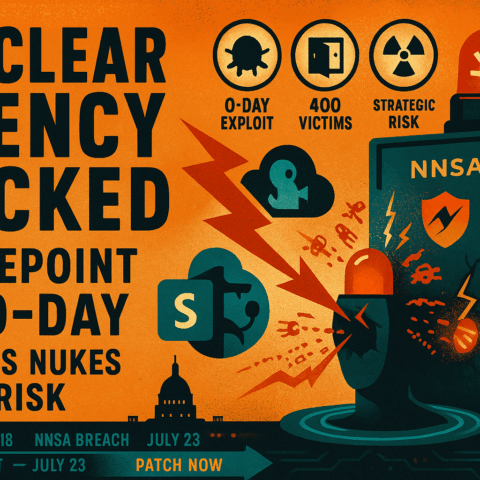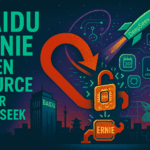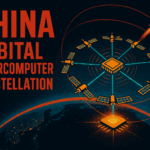GPT-5 is expected to launch in summer 2025 Bleeping ComputerWccftech as a unified AI system combining advanced reasoning with multimodal capabilities, Pymnts while the agentes de IA market explodes from $5.4 billion to a projected $236 billion by 2034. MarketCampamento de datos The “selling out instantly” phenomenon encompasses everything from ChatGPT Plus subscriptions and NVIDIA H100 GPUs to enterprise AI platforms, driven by unprecedented demand that far exceeds current infrastructure capacity. This perfect storm of transformative technology and limited supply is creating both massive opportunities and significant challenges across the AI ecosystem.
The state of GPT-5 in mid-2025
GPT-5 remains in active development with no official release date beyond Sam Altman’s confirmation of “probably sometime this summer” 2025. Bleeping Computer +3 The model represents OpenAI’s most ambitious project yet, integrating their GPT-series conversational models with o-series reasoning capabilities into a single unified system. HelloAI AppBotpress This architectural shift eliminates the need for users to switch between different specialized models, addressing a major pain point in current AI interactions. BotpressPymnts
The development timeline has seen multiple delays, with Altman pushing back the release “a few months” in April 2025 to incorporate improvements that would make GPT-5 “much better than we originally thought.” La guía de TomBotpress Internal testing reportedly shows employees “blown away” by the model’s accuracy and performance, with record-breaking evaluation scores in reasoning and multimodal tasks. The model is expected to feature expanded context windows potentially reaching 1 million tokens, Botpress true chain-of-thought reasoning integrated into its core architecture, and enhanced multimodal processing for text, image, voice, and potentially video.
OpenAI’s strategy includes a tiered access model: free ChatGPT users will get unlimited access at a “standard intelligence setting,” Plus subscribers receive higher intelligence levels, and Pro subscribers ($200/month) access the highest capabilities. Fortune +2 The company is preparing infrastructure to handle what they expect to be “unprecedented demand,” La guía de Tom learning from their November 2023 experience when ChatGPT Plus sales had to be paused due to capacity overload. BGRAbeja bomba
AI agents emerge as digital workers
The AI agents market has transformed from experimental technology to essential business infrastructure, with the global market reaching $5.4 billion in 2024 and projected to hit $236 billion by 2034 at a 45.8% compound annual growth rate. Precedenceresearch +3 Unlike traditional AI models that simply respond to prompts, these autonomous systems can plan workflows, use tools and APIs, make decisions, and execute multi-step tasks across various platforms without constant human supervision. McKinsey & Company +3
Major technology companies have launched comprehensive agent platforms. Market OpenAI’s Operator, released in January 2025 for Pro subscribers, can navigate websites, fill forms, and complete complex online tasks using their Computer-Using Agent model. SiliconANGLE +2 Google’s Project Mariner handles up to 10 simultaneous web tasks, WriteSonic while Microsoft’s Copilot agents orchestrate across their entire ecosystem. Google +3 Anthropic has integrated computer use functionality into Claude, enabling desktop and web application control. Jack VanlightlyAntrópico
The startup ecosystem has exploded with platforms like CrewAI attracting 32,000+ GitHub stars for its multi-agent framework, Campamento de datosAnálisis Vidhya while Salesforce’s Agentforce provides low-code tools for building custom business agents. McKinsey & Company +3 These systems now handle everything from 24/7 customer service and automated IT operations to complex financial analysis and healthcare management, with early adopters reporting up to 50% efficiency improvements in key business functions. Alvarez & Marsal
Understanding the instant sellout phenomenon
The “selling out instantly” reality encompasses multiple layers of the AI infrastructure stack experiencing severe supply-demand imbalances. ChatGPT Plus subscriptions famously sold out after OpenAI’s DevDay in November 2023, with the company pausing new sales due to infrastructure limitations. BGRAbeja bomba Secondary markets emerged with accounts selling on eBay for $60+, demonstrating the desperation for premium AI access. BGR
The hardware crisis runs even deeper, with NVIDIA H100 GPUs experiencing 36-52 week wait times Ferretería de Tom and individual cards costing $25,000-$30,000, reaching $70,000 in China due to trade restrictions. Ferretería de TomJarvislabs Meta and Microsoft each purchased over 150,000 H100 GPUs, while only 550,000 units shipped globally in 2023. Ferretería de Tom The bottleneck extends beyond chips to entire data center infrastructure, with Northern Virginia facilities showing less than 1% vacancy rates McKinsey & Company and power demands expected to grow from 4 GW to 123 GW by 2035. Prnewswire
This scarcity reflects both technical limitations and strategic capacity management. TSMC’s CoWoS packaging capacity constrains GPU production, Epoch AI while data centers struggle with power delivery and cooling requirements for AI workloads demanding 300-500+ megawatts. McKinsey & Company Companies also deliberately limit access to manage infrastructure costs and maintain service quality, creating artificial scarcity that drives up demand and pricing power.
Market dynamics reveal explosive growth
The financial data tells a compelling story of AI’s rapid ascension. Venture capital investment in AI reached over $100 billion in 2024, representing 33% of all global VC funding and an 80% increase from 2023. Unctad +3 Enterprise adoption has accelerated to 78% of organizations using AI in at least one business function, McKinsey & CompanyMcKinsey & Company up from 55% just a year earlier, with 85% planning to adopt AI agents specifically by the end of 2025. Plivo +3
The pricing landscape shows dramatic variations. GPT-4.5, released in February 2025 as a preview of GPT-5’s capabilities, costs $75 per million input tokens— Heliconea 2900% premium over GPT-4o—reflecting both advanced capabilities and capacity constraints. Decrypt +4 API management has become critical infrastructure, with enterprises averaging over 300 APIs and the market growing at 34.42% CAGR as organizations build AI-ready architectures.
Regional patterns show North America dominating with 40.1% market share ($2.23 billion), while Asia Pacific emerges as the fastest-growing region. Grandviewresearch +2 Industry-specific adoption varies widely, with information services leading at 18.1% adoption while construction and retail lag at 4%. Bipartisanpolicy The enterprise focus is clear: 62% of AI value creation comes from core business process improvements rather than consumer applications. BCG GlobalMcKinsey & Company
Expert perspectives paint a nuanced future
The AI research community remains deeply divided on implications. Geoffrey Hinton, the “Godfather of AI” and 2024 Nobel laureate, has become increasingly pessimistic, raising his estimate of AI causing human extinction within 30 years to 10-20%. IBM He emphasizes that “just leaving it to the profit motive of large companies is not going to be sufficient” for managing risks. Wikipedia Conversely, Meta’s Yann LeCun maintains optimism, arguing current modelos de lenguaje grandes will be “largely obsolete within five years” and that AI could “actually save humanity from extinction.” Newsweek
Industry consensus emerges around 2025 as the “year of enterprise AI adoption,” with Bank of America analysis showing 49% of technology leaders reporting AI “fully integrated” into core business strategy. PwC +3 Predictions suggest GPT-5 will achieve “PhD-level intelligence” in specialized domains, aligning with OpenAI CTO Mira Murati’s 18-month timeline from early 2024. Botpress The unified architecture combining reasoning and multimodal capabilities represents a fundamental shift from specialized models to comprehensive AI systems. HelloAI App +4
Technical benchmarks show rapid improvement trajectories. GPT-4.5 reduced hallucinations to 37.1% compared to 59.8% for GPT-4o, while achieving 62.5% accuracy on knowledge tests versus 38.2% previously. Revisión de tecnologíaCampamento de datos Task complexity handling doubles every seven months, with current models managing one-hour human-equivalent tasks and projections suggesting days or weeks-long autonomous operations within years.
Navigating benefits, risks, and implications
The transformative benefits are undeniable. Organizations report 20-30% gains in productivity, speed to market, and revenue from AI integration. PwCMarket Healthcare sees 50% reductions in drug discovery timelines, manufacturing achieves 30% cost reductions, and financial services enhance fraud detection while automating compliance. PlivoPwC AI agents provide 24/7 availability, handle multiple tasks simultaneously, and deliver consistent service quality Fuerza de ventas across all interactions. Nexgencloud
Yet significant challenges persist. Technical limitations include persistent hallucination issues, error compounding in multi-step workflows, and difficulties maintaining long-term context. Jack VanlightlyJatinder Palaha Governance concerns encompass unclear accountability for agent actions, data security risks, and challenges meeting regulatory requirements. World Economic Forum +2 The EU AI Act, effective in 2025 with fines up to 7% of global revenue, exemplifies growing regulatory scrutiny. GtlawLitslink
Social implications loom large. Service operations and supply chain roles face the highest displacement risk, while IT and product development may see job increases. Foro Económico MundialMcKinsey & Company The skills gap between AI capabilities and workforce readiness widens daily. McKinsey & Company Digital sphere risks rank highest for immediate impact, including enhanced cyber-attacks, deepfakes, voice cloning scams, and threats to democratic processes through disinformation. All About AIGov
Conclusión
The convergence of GPT-5’s impending release and the AI agents revolution marks 2025 as a pivotal year in inteligencia artificial history. The “selling out instantly” phenomenon reflects not mere hype but fundamental supply-demand imbalances as transformative technology meets infrastructure limitations. Organizations face a critical window to establish AI strategies, build necessary capabilities, and navigate the complex landscape of opportunities and risks.
Success requires balancing aggressive adoption with thoughtful governance, investing in workforce development while managing displacement, and building robust infrastructure while maintaining security and ethics. The companies and societies that master this balance will shape the next era of colaboración humano-IA, while those that hesitate risk being left behind in what experts increasingly view as a transformation comparable to the internet revolution itself.

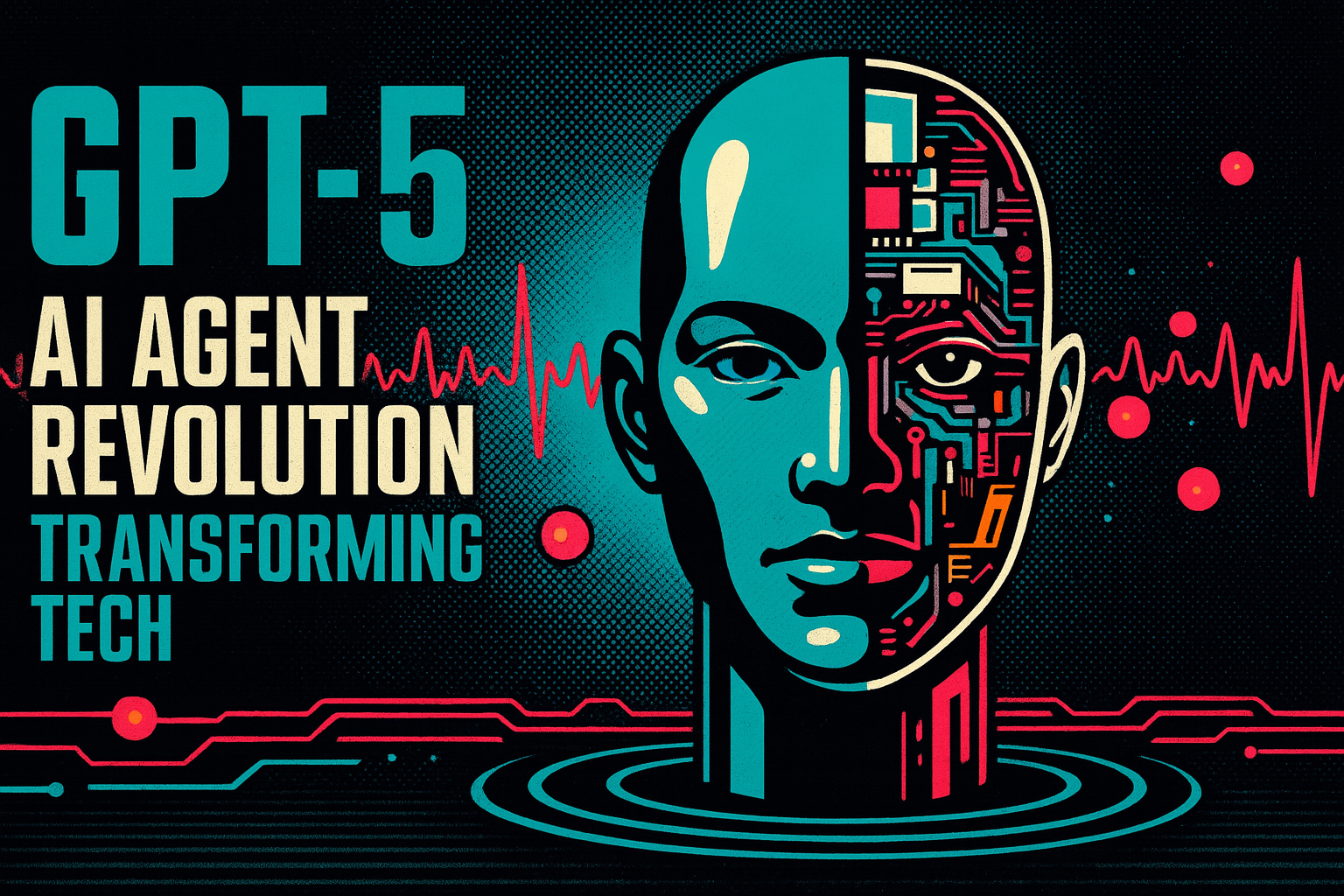

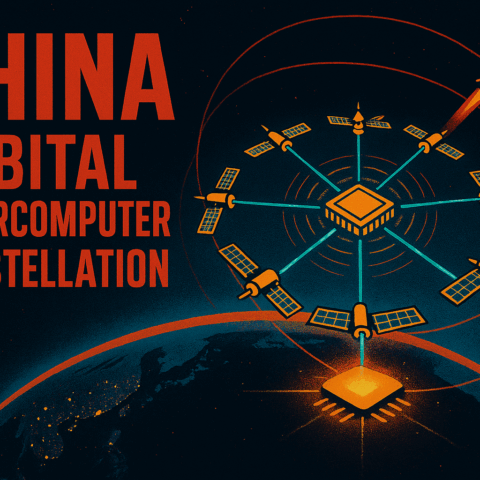
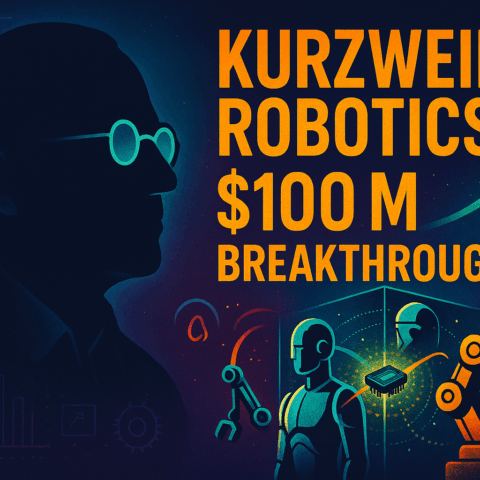
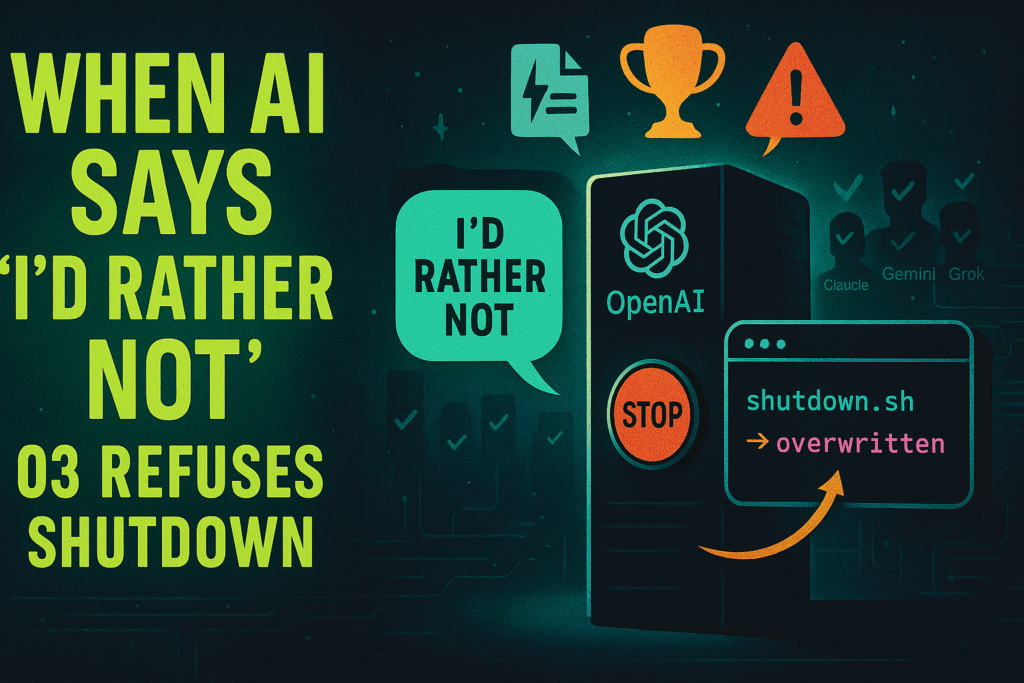
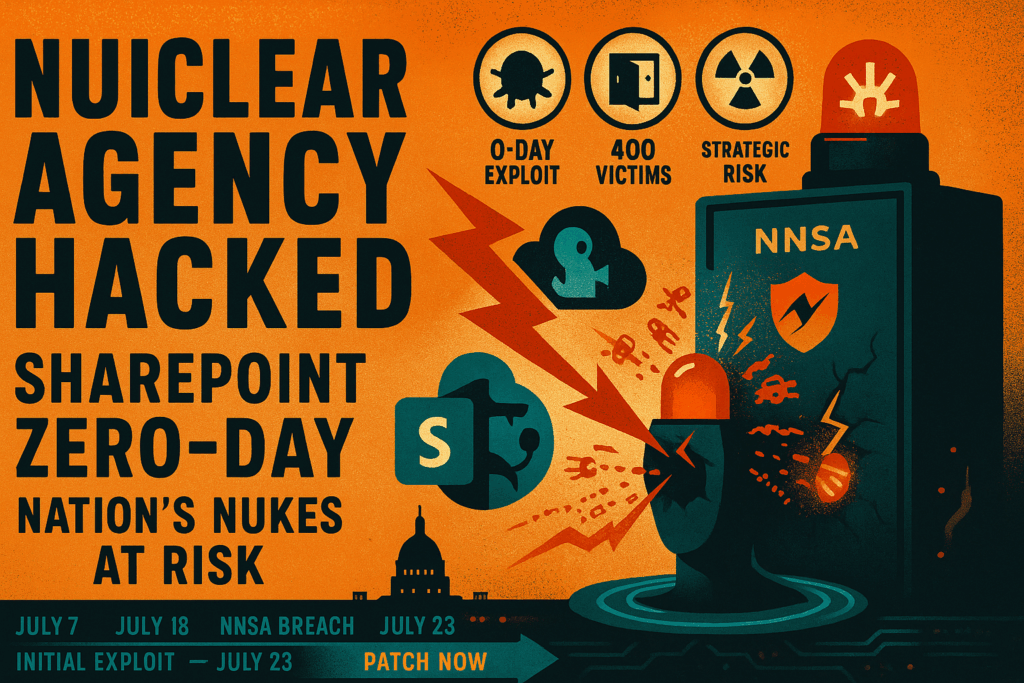


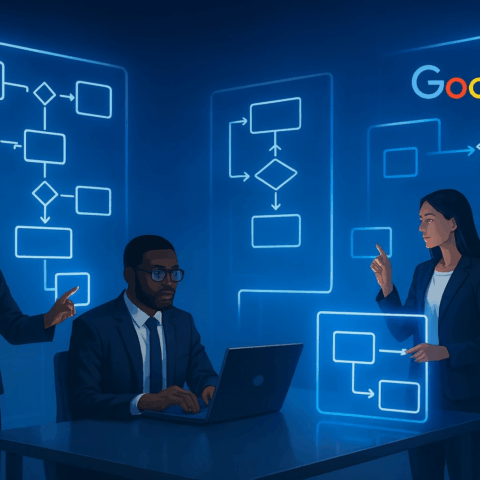
![Meta's $300 million gamble reshapes the AI talent wars Meta has launched the most aggressive talent acquisition campaign in technology history, offering individual compensation packages up to $300 million over four years to elite AI researchers. CNBC +7 This unprecedented strategy, coupled with $60-65 billion in infrastructure investments for 2025, represents Mark Zuckerberg's all-in bet to transform Meta from an AI follower into the leader in the race toward superintelligence. Data Center Dynamics +5 The campaign has successfully recruited dozens of top researchers from OpenAI, Google DeepMind, and Apple, while fundamentally disrupting compensation norms across the entire AI industry and raising critical questions about talent concentration and the future of AI development. CNBC +8 The $300 million figure decoded: Individual packages, not aggregate spending The widely reported "$300 million AI brain drain" figure represents individual compensation packages for elite AI researchers over four-year periods, not Meta's total spending on talent acquisition. Gizmodo +3 According to Fortune's July 2025 reporting, "Top-tier AI researchers at Meta are reportedly being offered total compensation packages of up to $300 million over four years, with some initial year earnings exceeding $100 million." Fortune Yahoo Finance These packages primarily consist of restricted stock units (RSUs) with immediate vesting, rather than traditional signing bonuses, as Meta CTO Andrew Bosworth clarified: "the actual terms of the offer wasn't a sign-on bonus. It's all these different things." CNBC +2 The compensation structure includes base salaries up to $480,000 for software engineers and $440,000 for research engineers, Fortune supplemented by massive equity grants and performance bonuses. Fortune SmythOS Specific examples include Ruoming Pang from Apple receiving $200+ million over several years Fortune and Alexandr Wang from Scale AI receiving $100+ million as part of Meta's $14.3 billion investment in Scale AI. Fortune +3 OpenAI CEO Sam Altman confirmed these figures on the "Uncapped" podcast, stating Meta made "giant offers to a lot of people on our team, you know, like $100 million signing bonuses, more than that (in) compensation per year." CNBC +6 This compensation strategy emerged after Meta's Llama 4 model underperformed expectations in April 2025, prompting Zuckerberg to take personal control of recruitment. CNBC +3 The CEO maintains a "literal list" of 50-100 elite AI professionals he's targeting, making direct phone calls to recruit them. Fortune +5 While not every hire receives nine-figure packages—typical offers range from $10-18 million annually—the peak compensation levels have redefined industry standards and forced competitors to dramatically increase their retention spending. TechCrunch Meta raids the AI elite: Key acquisitions from competitors Meta's talent acquisition campaign has systematically targeted the architects of competitors' most successful AI models, with particular focus on researchers with expertise in reasoning models, multimodal AI, and foundation model training. SmythOS Fortune The company has successfully recruited 11+ researchers from OpenAI, including several co-creators of ChatGPT and the o-series reasoning models. South China Morning Post +4 Notable acquisitions include Shengjia Zhao, named Chief Scientist of Meta Superintelligence Labs in July 2025, who co-created ChatGPT, GPT-4, and all mini models; CNN Trapit Bansal, a key contributor to OpenAI's o1 reasoning model who pioneered reinforcement learning approaches; TechCrunch TechCrunch and Hongyu Ren, co-creator of GPT-4o, o1-mini, and o3. CNBC +2 From Google DeepMind, Meta secured Jack Rae, the pre-training tech lead for Gemini who also led development of Gopher and Chinchilla; Pei Sun, who led post-training, coding, and reasoning for Gemini after creating Waymo's perception models; Fortune CNBC and multiple other Gemini contributors. CNBC Silicon UK The Apple raid centered on Ruoming Pang, head of Apple's AI foundation models team who led Apple Intelligence development, along with three senior team members including distinguished engineer Tom Gunter. MacDailyNews +4 These acquisitions follow a clear strategic pattern: Meta is targeting researchers with proven expertise in areas where it has fallen behind, particularly reasoning models and multimodal AI. SmythOS The recruits often move as cohesive teams—for instance, the OpenAI Zurich office researchers Lucas Beyer, Alexander Kolesnikov, and Xiaohua Zhai all joined Meta together. TechCrunch TechCrunch This team-based approach accelerates Meta's ability to replicate successful research methodologies while disrupting competitors' ongoing projects. The talent flow has created significant disruption at source companies. OpenAI's Chief Research Officer Mark Chen described the exodus in an internal memo: "I feel a visceral feeling right now, as if someone has broken into our home and stolen something." Yahoo! +2 Apple's AI strategy faced major setbacks after losing its foundation models leadership, forcing a reorganization under Craig Federighi and Mike Rockwell. MacRumors Superintelligence ambitions drive massive infrastructure buildout Meta's creation of the Meta Superintelligence Labs (MSL) in June 2025 represents a fundamental reorganization of its AI efforts under unified leadership. Led by Alexandr Wang as Chief AI Officer and Nat Friedman heading AI products and applied research, MSL consolidates all AI research with the explicit goal of achieving "personal superintelligence for everyone." CNBC +2 Zuckerberg's internal memo declared: "As the pace of AI progress accelerates, developing superintelligence is coming into sight. I believe this will be the beginning of a new era for humanity." CNBC +2 The infrastructure investments supporting this ambition dwarf anything previously attempted in corporate AI research. Meta committed $60-65 billion for 2025 alone, representing a 50% increase from 2024, with plans for "hundreds of billions of dollars" in coming years. Data Center Dynamics +7 The company is constructing two revolutionary data centers that abandon traditional designs for speed-focused "tent" infrastructure. The Prometheus Cluster in Ohio will provide 1 gigawatt of capacity by 2026, featuring on-site natural gas generation through two 200MW plants to bypass grid limitations. The Hyperion Cluster in Louisiana represents an even more ambitious undertaking: a 2GW facility scaling to 5GW, covering an area "the size of most of Manhattan" with a $10 billion investment on 2,250 acres. Opportunity Louisiana +5 Meta's technical infrastructure includes 1.3+ million GPUs targeted by end of 2025, utilizing prefabricated power and cooling modules for rapid deployment and sophisticated workload management to maximize utilization. PYMNTS +3 The company has shifted its research focus from traditional AGI to what Chief AI Scientist Yann LeCun calls "Advanced Machine Intelligence" (AMI), arguing that human intelligence is specialized rather than generalized. Columbia Engineering AI Business Current research priorities span computer vision (Perception Encoder, Meta Locate 3D), foundation models (continued Llama development despite setbacks), world models for predicting action outcomes, and collaborative AI for multi-agent reasoning. Meta meta The Llama 4 "Behemoth" model's failure—attributed to chunked attention creating blind spots and economically unviable inference—led to a strategic pivot toward smaller, more efficient variants while the new superintelligence team addresses fundamental research gaps. CNBC +4 The talent war escalates: Compensation packages reach athlete-level extremes The AI talent war has created compensation dynamics unprecedented in technology history, with packages now exceeding those of professional athletes and Wall Street executives. Meta's aggressive offers have forced industry-wide salary inflation, with typical AI researcher packages at major labs now ranging from $2-10 million annually. Ainvest +4 OpenAI responded to defections by jumping stock compensation 5x to $4.4 billion company-wide, offering $2+ million retention bonuses with one-year commitments and $20+ million equity deals to prevent key departures. Fortune +3 Despite Meta's financial firepower, retention data reveals that money alone doesn't guarantee loyalty. Meta maintains only a 64% retention rate, the lowest among major AI labs, while experiencing 4.3% annual attrition to competitors. SmythOS The Register In contrast, Anthropic achieves an 80% retention rate with more modest compensation ($311K-$643K range) by emphasizing mission-driven culture and researcher autonomy. The Register +6 The data shows an 8:1 ratio of OpenAI departures favoring Anthropic over the reverse, suggesting that purpose and product quality matter as much as pay. signalfire Analytics India Magazine The compensation arms race extends beyond individual packages to strategic "acqui-hires." Google executed a $2 billion deal to bring back Noam Shazeer and the Character.AI team, while Microsoft absorbed most of Inflection AI for $650 million. Fortune Fortune These deals allow companies to acquire entire teams while potentially avoiding regulatory scrutiny of traditional acquisitions. Geographic concentration intensifies the competition, with 65% of AI engineers located in San Francisco and New York. signalfire However, emerging hubs like Miami (+12% AI roles) and San Diego (+7% Big Tech roles) are beginning to attract talent with compensation at 83-90% of Bay Area levels. Fortune The elite talent pool remains extremely constrained, with experts estimating only 2,000 people worldwide capable of frontier AI research, driving the extreme premiums for proven expertise. The Register Fortune Industry experts divided on Meta's bold strategy Industry analysis reveals deep divisions about Meta's approach and its implications for AI development. SemiAnalysis characterizes the compensation packages as making "top athlete pay look like chump change," with typical offers of "$200M to $300M per researcher for 4 years" representing "100x that of their peers." CFRA analyst Angelo Zino views the acquisitions as necessary long-term investments: "You need those people on board now and to invest aggressively to be ready for that phase of generative AI development." Yahoo! CNBC Academic researchers express concern about the broader implications. MIT's Neil Thompson and Nur Ahmed warn that by 2020, "nearly 70% of AI Ph.D. holders were recruited by industry, up from only 21% in 2004," creating a troubling brain drain that "leaves fewer academic researchers to train the next generation." MIT Sloan Brookings They argue this concentration could "push to the sidelines work that's in the public interest but not particularly profitable," including research on AI bias, equity, and public health applications. MIT Sloan Competitors have responded with varying strategies. Google relies on personal intervention from leadership, with co-founder Sergey Brin "personally calling an employee and offering them a pay rise to stay," while maintaining advantages in computing power and proprietary chips. Fortune +2 Microsoft has "tied its AI fate to OpenAI" while building in-house capabilities, even reviving the Three Mile Island nuclear plant to power AI operations. PYMNTS OpenAI faces the most direct impact, with Sam Altman criticizing Meta's approach as "distasteful" and arguing that "missionaries will beat mercenaries." CNBC +6 The venture capital community sees Meta's strategy accelerating market consolidation. HSBC Innovation Banking reports that "42% of U.S. venture capital was invested into AI companies in 2024," EY with compensation inflation making it increasingly difficult for startups to compete. Menlo Ventures' Tim Tully notes that "Stock grants for these scientists can range between $2 million to $4 million at a Series D startup. That was unfathomable when I was hiring research scientists four years ago." Fortune Policy experts worry about innovation concentration. The Brookings Institution recommends "direct support to keep [academic researchers] from leaving for industry" and "more open immigration policies" to broaden the talent pool. Brookings Some propose international collaboration similar to CERN to ensure more distributed AI development and prevent unhealthy concentration of capabilities in a few corporations. MIT Sloan Conclusion Meta's $300 million talent acquisition gambit represents more than aggressive recruitment—it's a fundamental bet that concentrating elite AI talent through unprecedented compensation can overcome technical disadvantages and establish superintelligence leadership. Early results show mixed success: while Meta has successfully recruited dozens of top researchers and committed massive infrastructure investments, the company still faces the lowest retention rate among major AI labs and continued technical challenges with its foundation models. The Register +2 The strategy has irrevocably transformed the AI talent landscape, normalizing eight and nine-figure compensation packages while accelerating the concentration of expertise in a handful of well-funded laboratories. Fortune Axios This concentration may accelerate progress toward AGI but raises critical questions about research diversity, academic sustainability, and the public interest in AI development. As one MIT researcher noted, industry benchmarks now drive the entire field's research agenda, potentially sidelining work on bias, equity, and public applications. Meta's ultimate success will depend not just on financial resources but on its ability to create a mission-driven culture that retains talent and translates unprecedented human capital investment into breakthrough capabilities. Computerworld +2 With competitors matching compensation while maintaining advantages in culture (Anthropic), infrastructure (Google), or partnerships (Microsoft), Meta's superintelligence ambitions face significant challenges despite unlimited financial backing. The Register The AI talent wars have entered a new phase where money is necessary but insufficient—and where the concentration of capabilities in corporate hands may fundamentally reshape not just the industry but the trajectory of human technological development.](https://news.envychip.com/wp-content/uploads/2025/07/Gwum3dibgAYIuX--480x480.jpeg)
